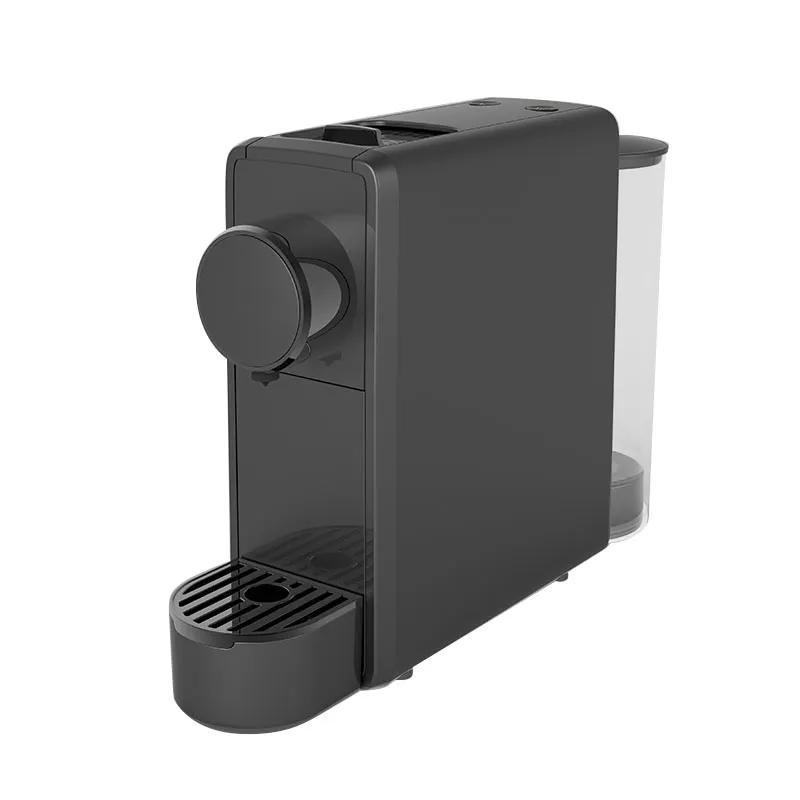Understanding Manual Espresso Machines: A Guide for Beginners
2024-11-08
Espresso is a coffee connoisseur's drink, known for its rich, bold flavor and smooth texture. While many people rely on automatic machines to brew their perfect cup of espresso, there's something special about brewing espresso with a manual machine. In this post, we'll explore the world of manual espresso machines, their advantages, and how to get started.
What is a Manual Espresso Machine?
A manual espresso machine requires more hands-on effort than its automatic counterparts. Unlike an automatic or semi-automatic espresso machine, which uses a motorized pump to force water through the coffee grounds, a manual espresso machine relies on the user to control the water pressure and flow. These machines typically use either a lever or a piston system, allowing the user to generate the necessary pressure to extract the espresso.
Why Choose a Manual Espresso Machine?
1. Customization: With a manual espresso machine, you have full control over the brewing process. You can adjust the pressure, water temperature, and timing to create a cup of espresso tailored to your preferences.
2. Better Quality: When used correctly, manual espresso machines often produce a higher quality of espresso compared to automatic machines. Since you control the variables, you can adjust for factors like grind size, tamping, and extraction time, all of which affect the flavor and texture of your espresso.
3. Hands-On Experience: Brewing with a manual machine is a more immersive experience. It requires practice and attention to detail, which can be satisfying for those who appreciate the art of espresso-making.
4. Durability: Manual machines tend to be built with high-quality materials, making them more durable and long-lasting compared to some automatic models. With proper maintenance, they can last a lifetime.
Types of Manual Espresso Machines
1. Lever Espresso Machines: These machines use a lever to generate the pressure needed to brew espresso. The user pulls the lever to force hot water through the coffee grounds, creating espresso. There are two types of lever machines: spring lever and piston lever.
2. Piston Espresso Machines: These machines operate by pushing or pulling a piston to create the necessary pressure. They can either be manual or semi-automatic and allow for more control over pressure and flow rate.
3. Portable Manual Espresso Makers: These compact devices are designed for portability, perfect for people who want to enjoy espresso on the go. While they might not offer the same level of control as larger machines, they can still make a great cup of espresso with the right technique.
Getting Started with a Manual Espresso Machine
1. Choose the Right Machine: Research different types of manual espresso machines and choose one that fits your budget and needs. If you’re just starting out, a more affordable piston-based machine might be a good option.
2. Grind Your Coffee Fresh: The key to a great espresso lies in the grind. Invest in a good burr grinder and grind your beans just before brewing. The grind size should be fine, almost like powdered sugar, to ensure a proper extraction.
3. Perfect Your Technique: Brewing espresso with a manual machine requires a bit of trial and error. You'll need to practice your tamping, pulling, and timing. But with patience and persistence, you'll soon be able to pull a great shot of espresso.
4. Maintenance: Manual espresso machines may require more cleaning and maintenance than automatic ones, but this will ensure your machine lasts longer and performs at its best.
Manual espresso machines are ideal for coffee lovers who enjoy the process as much as the result. While they require more effort and skill than automatic machines, they provide a level of control and satisfaction that makes the effort worthwhile. If you're ready to dive into the world of espresso-making, a manual espresso machine could be the perfect addition to your coffee routine.



